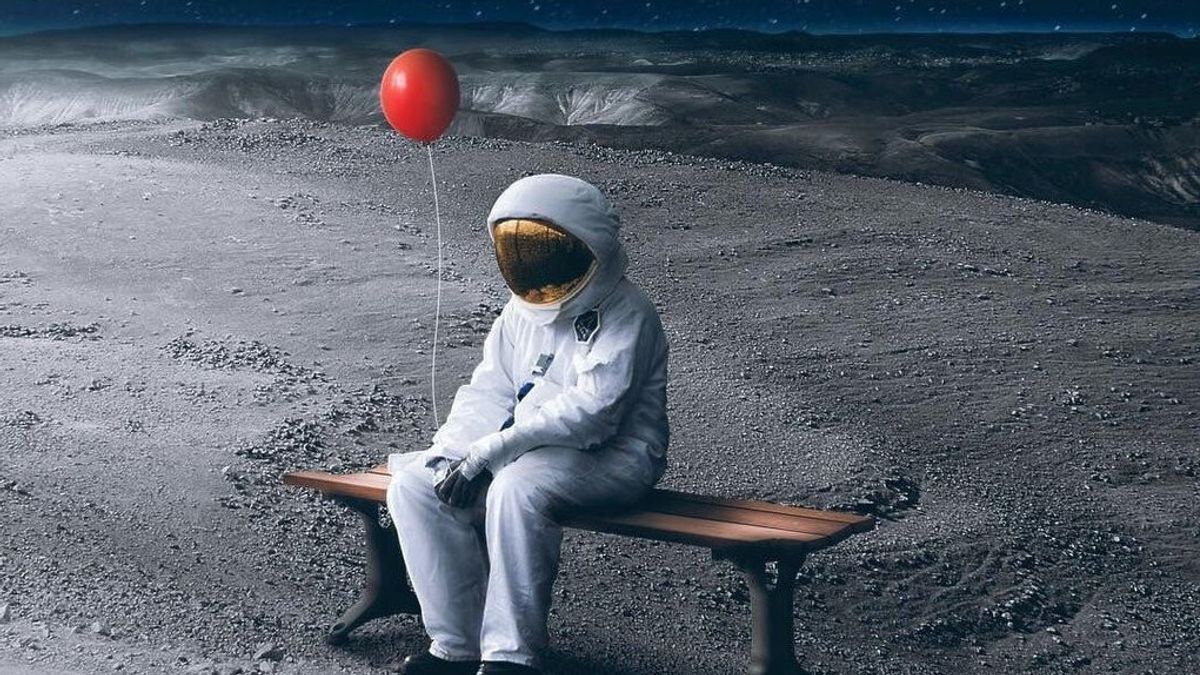JAKARTA – China has confirmed that it will join Russia's project to build a research station on the moon by 2035. This project is said to rival NASA's Lunar Gateway.
Confirmation of plans to build the International Lunar Research Station (ILRS) came on Friday, January 28 from officials at the China National Space Administration (CNSA), China's national space agency.
According to Wu Yanhua, deputy director of CNSA, Russia and China are targeting to complete the construction of basic infrastructure for ILRS by 2035.
The ILRS will rival NASA's Lunar Gateway, which will play a 'vital' role in the US space agency's upcoming Artemis program.
However, NASA's Lunar Gateway will only orbit the moon, while ILRS will have an orbiter and base on the lunar surface, as well as some exploratory rover.
The next step for Russia and China is the construction of infrastructure, which includes energy, communications and life support systems on the lunar base. This ILRS project will be open for other countries to join.
"We welcome the wide participation of international colleagues," Wu said last Friday as quoted by Dailymail.
The program follows authorities from Moscow and Beijing signing a memorandum of understanding in March 2021 to launch the project.
The base, the memorandum said, would be 'designed to carry out multidisciplinary and multipurpose research work'.
VOIR éGALEMENT:
Russia previously expressed interest in collaborating on NASA's Lunar Gateway program, and an unofficial joint statement was signed by Roscosmos (Russian space agency) and NASA on September 27, 2017.
However, Roscosmos officially announced in January 2021 that they would ultimately not be participating in the program.
China itself wants to land its first astronauts on the moon as early as 2030, according to Chinese Academy of Engineering expert Long Lehao, who is considered close to the CNSA space program.
The country has always planned to send humans to the lunar surface, but it's not until the 2030s that it's expected to happen, after several rover missions and investigations they have carried out so far.
China also recently approved three more missions to the moon – Chang'e 6, 7, and 8 – to launch from 2024 onwards.
The English, Chinese, Japanese, Arabic, and French versions are automatically generated by the AI. So there may still be inaccuracies in translating, please always see Indonesian as our main language. (system supported by DigitalSiber.id)


















